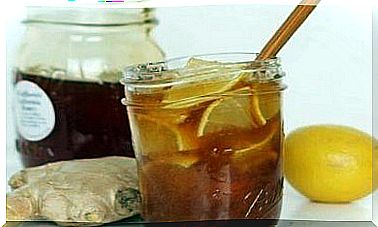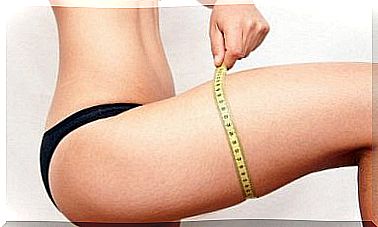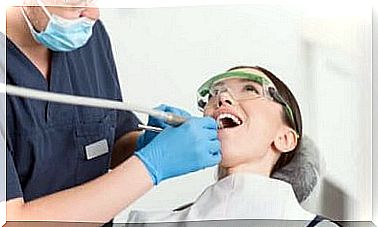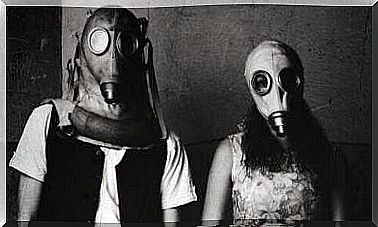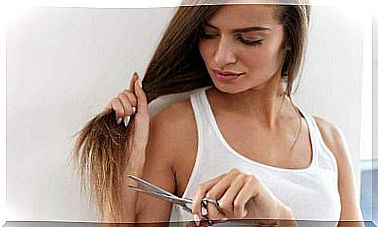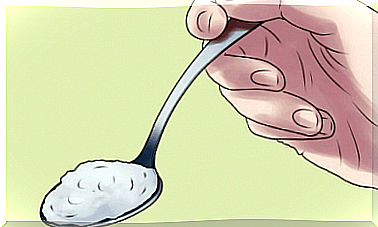Six Unhealthy Items You Should Know About
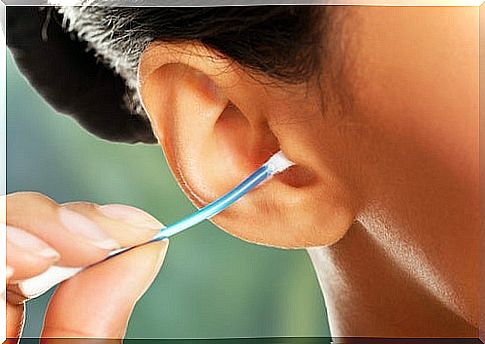
At home, people have a number of objects and products that they use regularly in their personal hygiene routine and daily tasks. While you may already be aware of this , many of these items are not as safe or hygienic as they seem. They can even lead to certain health problems. In short, this concerns unhealthy objects.
Unhealthy Items
At first, they may seem harmless and free from negative effects. But over time, they can lead to infections or other problems. This is because they are objects that get dirty quickly or consist of toxic substances. These in turn can cause all kinds of allergic reactions.
Today we want to show you the six most common unhealthy items that fall under this category. After all, a warned person counts for two!
1. Bath sponges
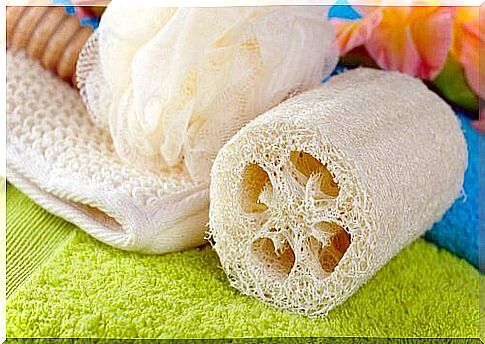
Bath sponges are made to cleanse your skin and remove dead skin cells. However, because of the material they are made from, they are also the perfect environment for the growth of:
- bacteria
- fungi
- Different types of mushrooms
The worst part is that many people use them over and over again without disinfecting them. So they are not aware that this can lead to skin infections and other problems.
Loofah sponge
The best thing you can do is to buy a loofah or vegetable sponge. These contain enzymes that prevent the growth of microbes. It is a good idea to replace them regularly and rinse them occasionally. For rinsing, for example, use antibacterial products, such as white vinegar.
2. The blender
Your blender is a useful and necessary appliance in your kitchen, but it can also be a health hazard if you don’t clean it properly.
The fasteners and accessories that usually come with it are often made of rubber and are located in the most dangerous areas of the kitchen where germs, mold and bacteria such as salmonella and e.coli can emerge.
For this reason, you should take the blender apart after using it so that you can properly clean everything, especially the rubber parts.
3. Antibacterial Soap
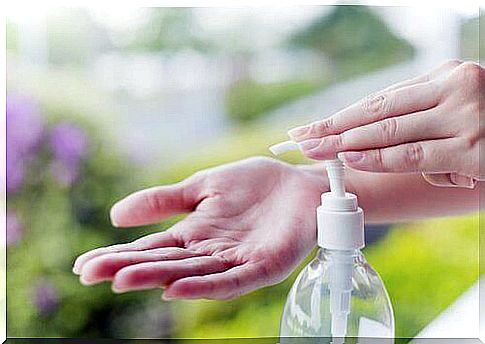
Although this product is made to eliminate bacteria from the hands, it has been proven to kill the good microorganisms as well.
Antibacterial soaps, gels and cleaning products are associated with an increased risk of:
- Common cold
- A sore throat
- Allergies
In addition, they also contain triclosan, a compound that has been linked to muscle problems, increased risk of heart problems and a disruption of hormone activity.
4. Cotton Swabs
Cotton swabs are used to remove the excess earwax from the ears. Although there are often warnings against this practice, many people ignore this advice and continue to use it for this purpose.
To remove excess wax, you can use alternatives such as drops, saline, oxygenated water, or even olive oil.
5. Manicure and Pedicure Instruments
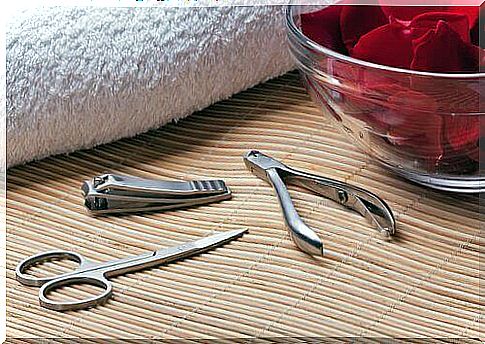
Most of the nail and foot care accessories are full of bacteria and other skin microorganisms. This situation is further exacerbated when several family members use the same instruments without disinfecting them first.
Since they come in direct contact with the skin of the feet and hands with every use, it’s no wonder they become infected with various pathogens. That’s why you should sterilize them every time you use them and make sure they are thoroughly disinfected.
Pumice stones and nail files should be replaced at least once a month.
6. Rubber Items
Rubber utensils have become popular kitchen items because they are practical and won’t scratch the pots and pans. The problem is that this material gets damaged with each use and loses some of its protective layer, which also helps to keep the item clean.
The best thing you can do is buy utensils made from a different type of material or at the very least disinfect the rubber after each use.
Be careful what you use
As you’ve probably noticed, there are many items that you might think are healthy that actually pose risks to your health if you continue to use them without caution. Keep this in mind from now on and follow the tips above to keep yourself or your family out of danger.
